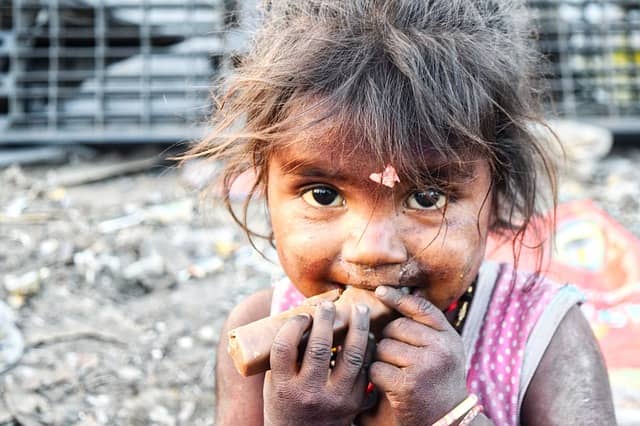
India ranks the highest in the world for underweight girls and the second highest for boys. A new global analysis published by The Lancet shows that in India, about 35 million girls and 42 million boys between five and 19 years were underweight in 2022, compared to 39 million girls and 70 million boys in 1990 (a seven-percentage-point dip for girls and a 23-percentage-point dip for boys).
Among adults, 61 million women and 58 million men were underweight in 2022, a drop from 41.7 percent in 1990 to 13.7 percent for women and 39.8 percent to 12.5 percent for men.
While the report has already red-flagged obesity, the thinness quotient among India’s young shows that we are battling the double burden of malnutrition, one of being overfed and the other of being underfed. Analyzing the study, senior author and Professor of Imperial College, London, Majid Ezzati, says that to tackle both forms of malnutrition, we must significantly improve the availability and affordability of healthy, nutritious foods, especially among school-aged children and adolescents.
He reasons maternal malnutrition is the key reason why under-nutrition remains a challenge. “More than half of pregnant women suffer from micronutrient deficiencies like those of iron and vitamin B12. The Lancet Food Commission, NFHS surveys, and national comprehensive nutrition surveys, among others, have shown that dietary diversification is very poor among children. The school and college curriculum can include more chapters on nutrition, healthy eating habits, healthy food consumption, and increased physical activities like sports and games,” says Dr. Avula Laxmaiah, former Director, Grade Scientist and Head of Public Health Nutrition, ICMR-National Institute of Nutrition, Hyderabad, who is also among the study authors.
He highlights wrongful feeding practices. “At least one-third to one-fourth of adolescent girls are undernourished because of improper infant and child feeding practices, especially in children less than three years. Women with short stature and low weight, less than 35 kg body weight and less than 145 cm in height give birth to babies with low birth weight,” he says.
As for a seven-percentage-point dip for girls and a 23-percentage-point dip for boys in the underweight index, Dr Laxmaiah has an explanation. “There are significant differences in undernutrition among boys (45.1 percent) and girls (27.7 percent). The percentage point decline was huge in boys compared to girls. The rate of decline is huge when the initial prevalence of undernutrition is very high. This was seen in the case of boys, while the decrease was only seven percentage points in girls. This is not a surprise at all,” he says. However, Dr V Mohan, Chairman, Diabetes Specialities Centre, Chennai, attributes it to a deep-rooted gender bias in rural India, where new-born sons are lavished with attention. In contrast, new-born girls get a by-the-way treatment when it comes to the food that both are eating. “That’s why the decline in nutrition is slower in girls,” he says.
The study shows that even though the rates of undernutrition have dropped, it is still a public health challenge in South-East Asia and sub-Saharan Africa.



